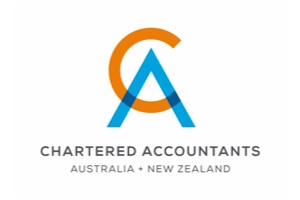May 18, 2018
Following on with part 2 of our 3-part series, “Understanding your financial statements”, this month we’re taking a closer look at the profit and loss statement.
If you’d like to review the other parts of this blog series, you can do that here:
- Balance Sheet (Part One)
- Profit and Loss
- Cash Flow Statement
What is a profit and loss statement?
Simply put, a profit and loss statement tells you how much your business has spent and earned over a period of time. In other words, it shows you whether you’ve made a profit or a loss.
A profit and loss statement is sometimes referred to as an “income statement”, a “statement of operations”, a “statement of earnings”, or a “P&L”.
Within the profit and loss statement, you’ll find a list of your earnings from all sources of income (your revenue) and a list of your expenses (your expenditure) including things like payroll, advertising, rent or insurance.
Sample Profit and Loss statement
When would I use a P&L statement?
At the end of each tax year, every business produces a P&L statement along with a balance sheet.
Of course, using accounting software, you could produce a P&L statement quarterly or even monthly. This could help you identify trends in your business expenses and help you stay on top of areas within your business you may need to cut back on.
What does the P&L tell me?
Ultimately, the purpose of your financial statements is to help you manage your business more effectively. A profit and loss statement helps you:
- Determine your gross profit ratio: This ratio shows you whether your average mark-up is enough to cover your expenses and generate a profit. Comparing your gross profit margin with similar businesses in your industry could help you determine whether you are under or overpricing your products or services.
- Calculate your expenses to sales ratio: This ratio tells you if your expenses are out of proportion to the growth you’re seeing in your business. A lower expenses to sales ratio means a higher profit. If the ratio increases over time, it could be a sign that your expenses are out of control and you need to look for ways to cut back on spending.
Something interesting to ponder: It’s often easier in business to reduce your costs than to increase your income. This frees up more money to spend how you want to in your business, perhaps through more advertising, better equipment or more staff.
If you have questions around your financial statements, give us a call. We keep things simple, so you’re not bogged down by accounting jargon and we speak a language you can understand.




